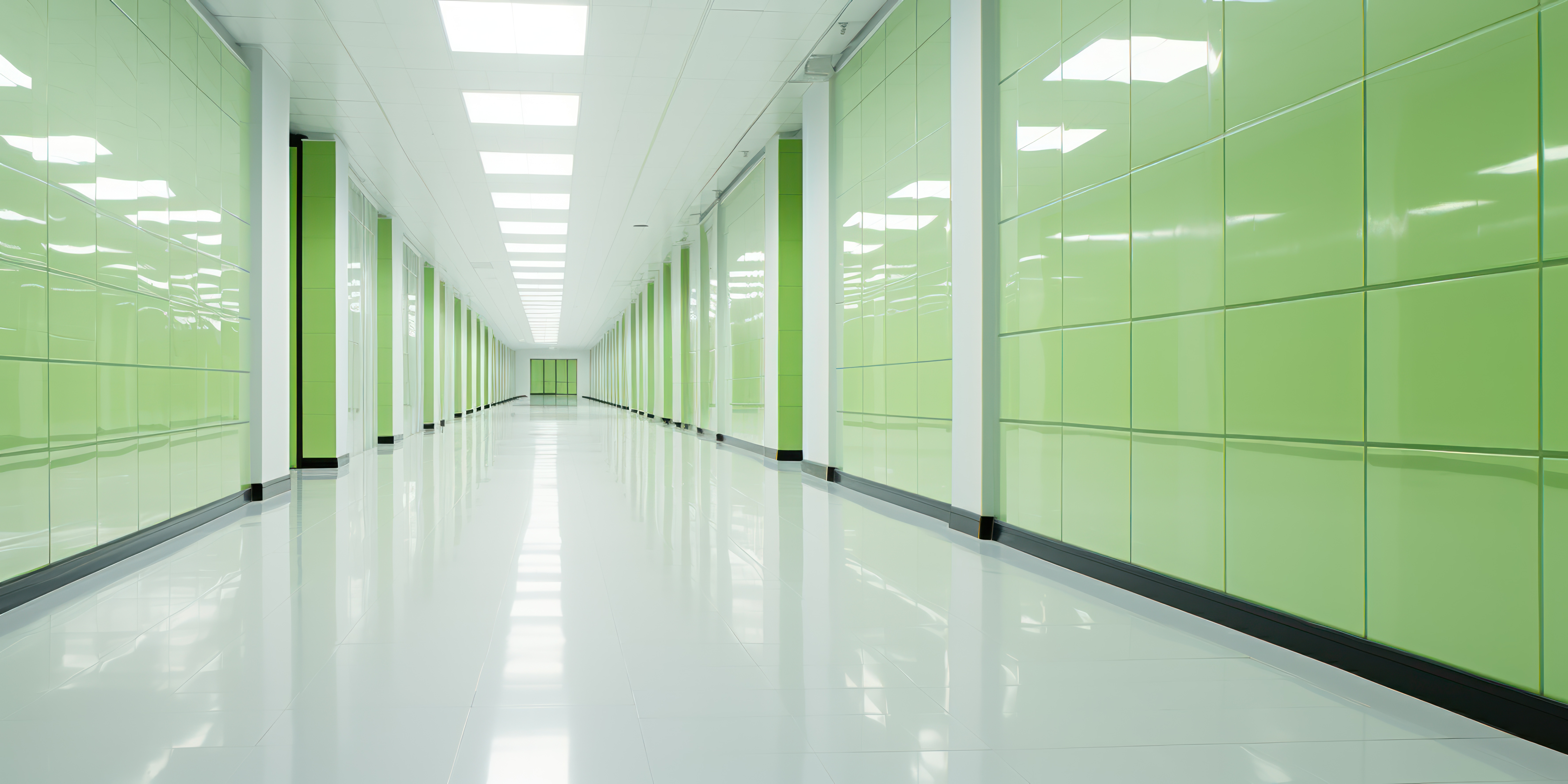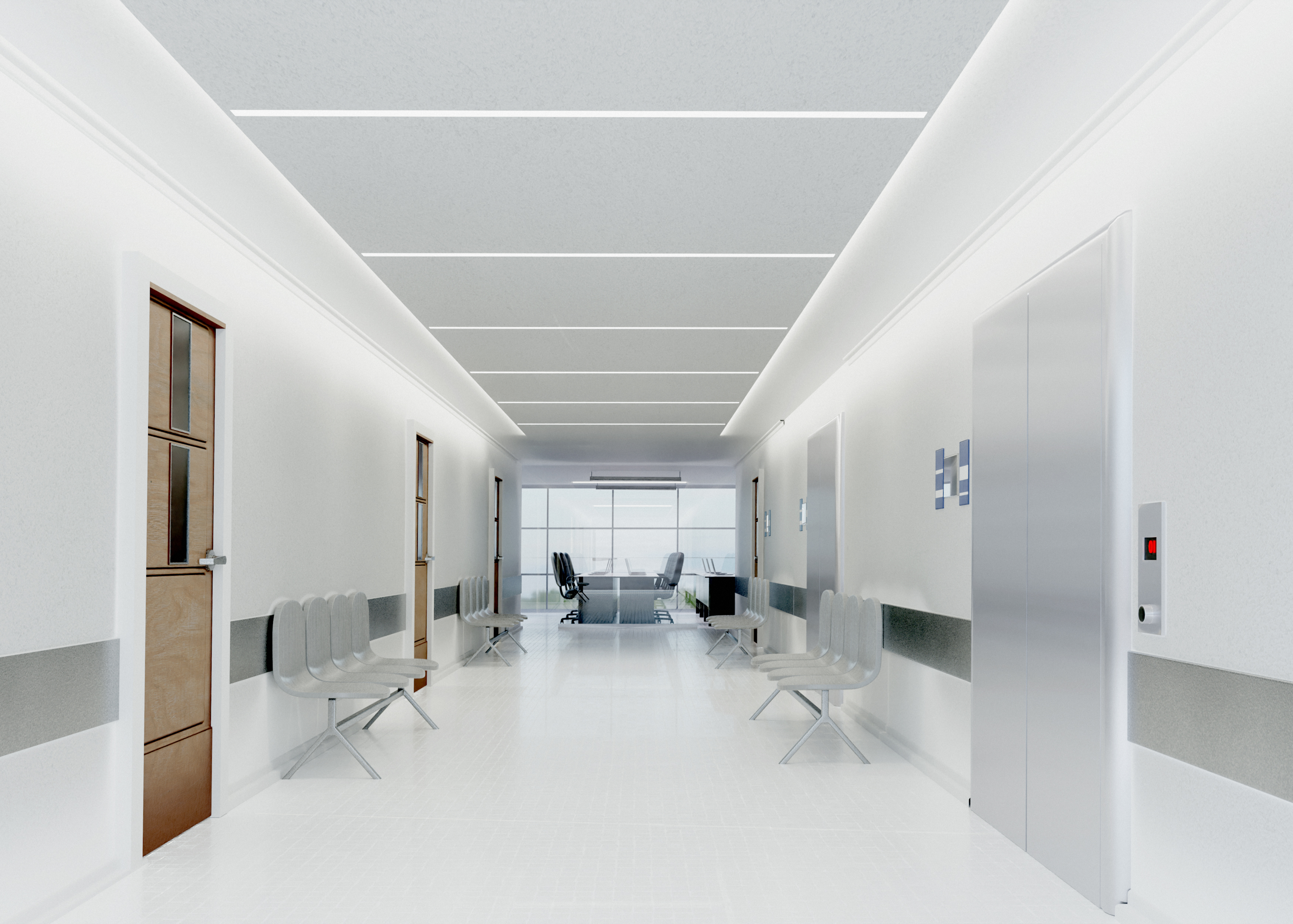
Designing and maintaining healthcare facilities is complex beyond creating visually appealing spaces. It must carefully balance aesthetics, patient safety, and compliance with stringent health regulations. In India, healthcare facilities such as hospitals, clinics, and elder care centres must adhere to strict standards set by the Ministry of Health and Family Welfare, the National Accreditation Board for Hospitals & Healthcare Providers (NABH), and other relevant authorities. Infection control is a crucial aspect of these standards, focusing on reducing the risk of healthcare-associated infections (HAIs). While architects and interior designers often focus on layout, lighting, and materials, the role of paint during wall painting for hospitals is sometimes overlooked. Yet, the right choice of paint can significantly enhance infection control measures, improve air quality, and create a safer, healthier environment. Let's discuss this in more detail.
Anti-Microbial Paints
Why It Matters:
Due to the high number of people and vulnerable patients, hospitals and healthcare facilities are breeding grounds for bacteria, viruses, and fungi. Surfaces like walls can harbour pathogens, increasing the risk of HAIs. Ministry of Health and Family Welfare guidelines specifically state that while planning the materials for plaster and paint, the effectiveness of the materials for infection control should be considered.
Benefits:
- Reduces Infection Risk: Anti-microbial paints are formulated with active agents like silver ions, which inhibit the growth of bacteria, mould, and fungi on surfaces.
- Supports Cleaning Protocols: These paints provide a smoother, cleaner surface, making it easier for maintenance staff to sanitise high-touch areas.
- Long-Lasting Protection: Unlike surface disinfectants that need frequent reapplication, anti-microbial paints maintain their effectiveness over time, ensuring continuous protection.
- Improves Patient Safety: Reducing the microbial load in critical areas such as patient rooms, ICUs, and operation theatres contributes to lower infection rates and enhanced patient safety.

Low VOC Paints
Why It Matters:
Indoor air quality (IAQ) is a critical factor in healthcare settings, where many patients may have respiratory issues or weakened immune systems. Traditional paints release volatile organic compounds (VOCs) into the air, contributing to poor indoor air quality.
Benefits:
- Promotes Better Air Quality: Low-volatile organic compound paint releases fewer toxins, improving the air quality in enclosed spaces and making them safer for patients, staff, and visitors.
- Reduces Allergy and Irritation Risks: By minimising exposure to chemical fumes, these paints help prevent breathing discomfort and allergic reactions, which is especially important in environments with vulnerable populations.
- Eco-Friendly Choice: Low VOC formulations align with sustainable building practices, helping healthcare facilities meet green building certifications like the Indian Green Building Council (IGBC).
- Compliance with Regulations: Low-VOC paints enable hospitals and clinics to comply with air quality specific regulations, including LEED v4, WELL Building Standard, and IGBC, which impose strict limitations on VOC emissions to create a healthier indoor environment.
THE PROPER PAINT SELECTION CAN SIGNIFICANTLY ENHANCE INFECTION CONTROL EFFORTS WITHIN HEALTHCARE FACILITIES.
Fungal Resistance Paints
Why It Matters:
Mould and mildew growth is expected in hospitals, especially in areas prone to moisture, like bathrooms, kitchens, and basements. Mould can compromise air quality and lead to health issues, especially for patients with pre-existing conditions.
Benefits:
- Prevents Fungal Spread: These paints are formulated with fungicidal additives that inhibit the spread of mould and mildew, even in damp areas.
- Enhances Durability: Fungal-resistant paints create a protective barrier, making surfaces more resistant to moisture-related damage and extending the life of wall finishes.
- Maintains Clean and Hygienic Spaces: These paints contribute to a cleaner environment by minimising the presence of unwanted fungi, which is crucial for spaces like operating theatres, patient wards, and bathrooms.
- Reduces Maintenance Costs: With a lower risk of fungal issues, hospitals can decrease the frequency of maintenance and repainting, leading to cost savings over time.

Easy-to-Clean Paints
Why It Matters:
Maintaining a high level of cleanliness is crucial for infection control and patient safety. Surfaces like walls are exposed to frequent cleaning with strong disinfectants, which can wear down traditional paints over time.
Benefits:
- Simplifies Maintenance: These paints are designed to resist stains, making it easier for cleaning staff to maintain spotless surfaces.
- Maintains Aesthetic Quality: Frequent cleaning can cause traditional paints to fade or wear out. Easy-to-clean paints maintain their appearance despite regular scrubbing and disinfecting.
- Support Infection Control: These paints help maintain a more sanitary environment by ensuring that walls and surfaces can be cleaned effectively, reducing the risk of cross-contamination.
- Prolong Surface Life: Easy-to-clean paints help extend the lifespan of painted surfaces by better resisting wear and tear, leading to fewer repainting requirements.
FUNGAL-RESISTANT PAINTS CONTRIBUTE TO MAINTAINING CLEANER, MORE SANITARY SPACES IN HEALTHCARE SETTINGS.


